by Tyler Van Dyke, Breaking News Reporter
| October 09, 2020
Commerce Secretary Wilbur Ross announced on Friday that the United States will collect tariffs on $1.96 billion worth of aluminum sheet goods from 18 different countries.
The tariffs would be "the largest and most far-reaching case that our department has brought in more than 20 years," Ross said on Fox Business's Mornings with Maria.
Among the countries included are Germany, Bahrain, and Oman. Germany faces the highest tariffs, anywhere from 52%-132%.
Today @Commercegov announced affirmative preliminary determinations in the antidumping duty investigations of imports of common alloy aluminum sheet from 18 countries: https://t.co/bibcJgtyAS pic.twitter.com/wVuK6qdMqd— Sec. Wilbur Ross (@SecretaryRoss) October 9, 2020
Recommended For You

Casino closures hurting public health systems in tribal nations
Ross told anchor Maria Bartiromo that the tariffs were a result of "aluminum dumping" into the U.S. Even though China is not among the counties facing this new tranche of tariffs, "What's really been happening, actually, is Chinese excess capacity has been dumped into other markets. That, in turn, displaces production, which gets dumped here." China already faces a number of tariffs from the U.S., including on steel and aluminum.
Ross said that the tariffs are "in effect right now" but clarified that "these are preliminary determinations, but the tariffs will be starting to be collected right away. Final determinations will be in February 2021, assuming that the [International Trade Commission] rules that there really was damage."
Asked whether he was concerned that the tariffs would have a negative impact on prices for consumer goods, Ross said that "very often, the same countries that are subsidizing the exports subsidize some of the tariffs, and they do it either directly or by letter their currency depreciate. Both ways help to offset the tariff," which would prevent an increased burden on the consumer.
Ross also emphasized that even with these tariffs, there is an increased demand for goods that use sheet aluminum, such as RVs.
"I was out in Indiana two days ago, and they are one of the leading companies making recreational vehicles — RVs — said that they are months backlogged despite prices, despite CBD, despite everything else," he said.


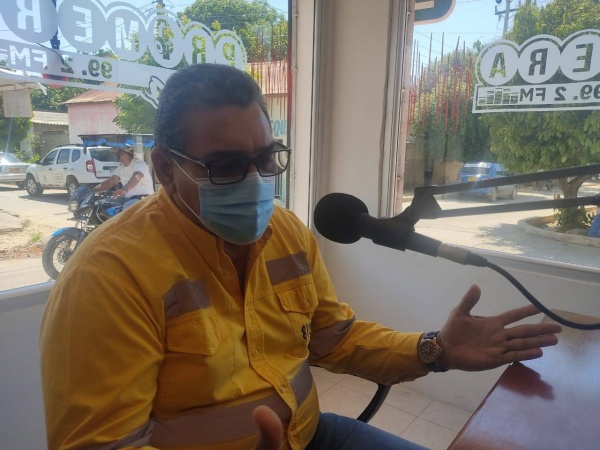


/cloudfront-us-east-1.images.arcpublishing.com/tgam/35QITKNEOFPWPEAJHMBPSPX5RE.jpg)

/cloudfront-us-east-1.images.arcpublishing.com/tgam/KYQ25RDVSZLHNBRMDMZRQ5FHQQ.jpg)
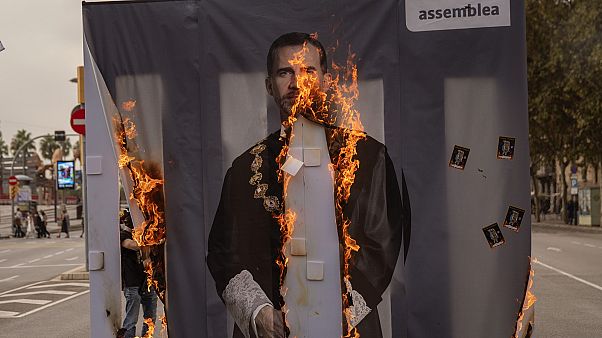
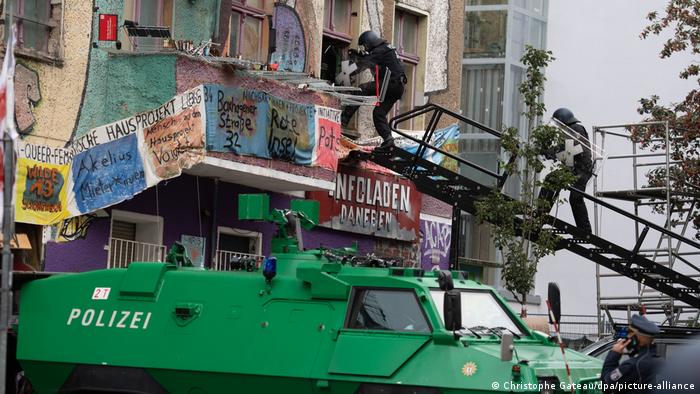
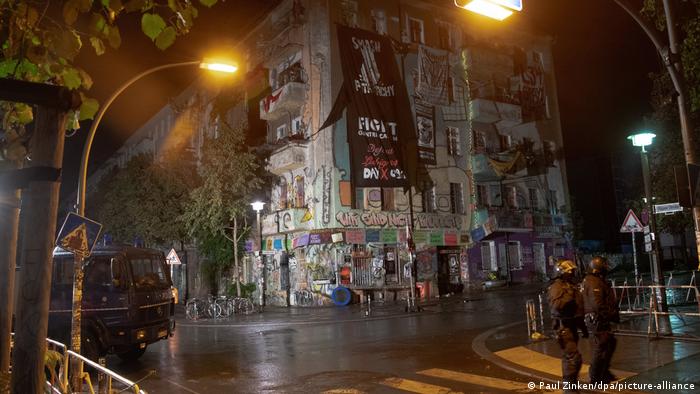
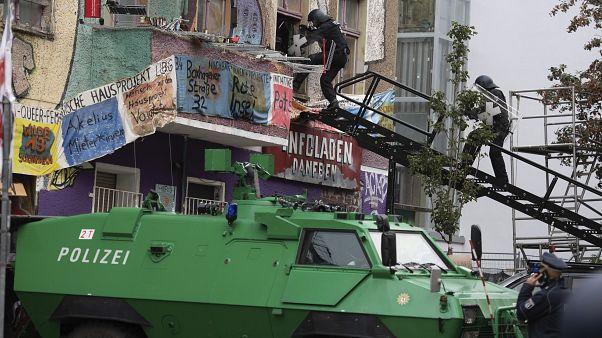
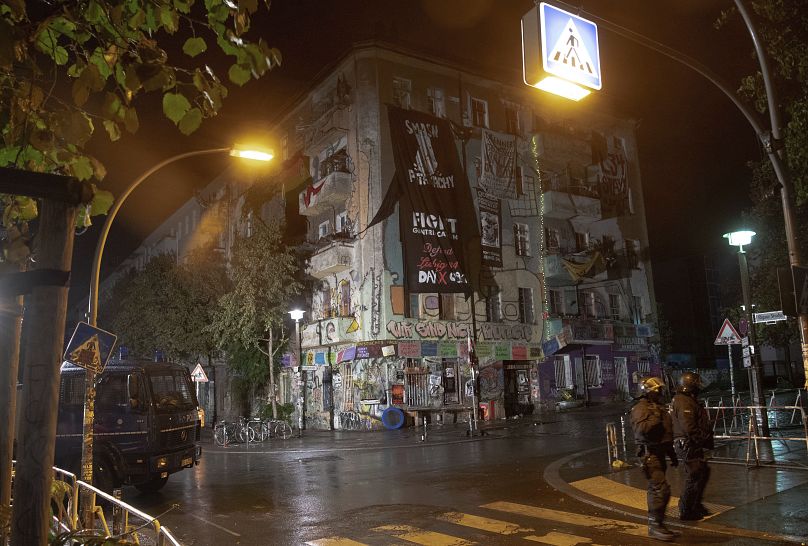
.jpg)
